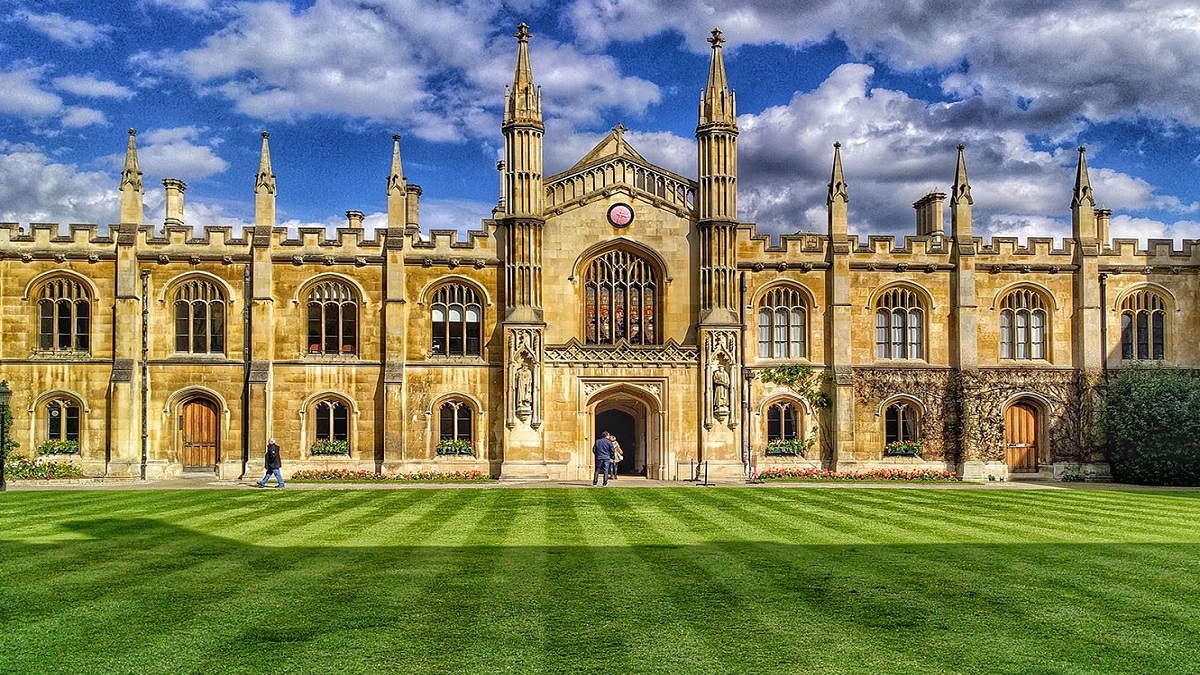- Courses
- GS Full Course 1 Year
- GS Full Course 2 Year
- GS Full Course 3 Year
- GS Full Course Till Selection
- Answer Alpha: Mains 2025 Mentorship
- MEP (Mains Enrichment Programme) Data, Facts
- Essay Target – 150+ Marks
- Online Program
- GS Recorded Course
- Polity
- Geography
- Economy
- Ancient, Medieval and Art & Culture AMAC
- Modern India, Post Independence & World History
- Environment
- Governance
- Science & Technology
- International Relations and Internal Security
- Disaster Management
- Ethics
- NCERT Current Affairs
- Indian Society and Social Issue
- NCERT- Science and Technology
- NCERT - Geography
- NCERT - Ancient History
- NCERT- World History
- NCERT Modern History
- CSAT
- 5 LAYERED ARJUNA Mentorship
- Public Administration Optional
- ABOUT US
- OUR TOPPERS
- TEST SERIES
- FREE STUDY MATERIAL
- VIDEOS
- CONTACT US
India formally joins International Big Cat Alliance
India formally joins International Big Cat Alliance
26-10-2024
- In September 2024, India has formally joined the International Big Cat Alliance (IBCA) to enhance the conservation of big cats and their habitats.
Note: Although India established the IBCA as a global institution, it still needs to sign and ratify its Framework Agreement, similar to its approach with other international agreements, like the Paris Agreement, Convention on Biological Diversity (CBD), and the Shanghai Cooperation Organization (SCO).
What is the International Big Cat Alliance (IBCA)?
- The International Big Cat Alliance (IBCA) is a coalition of 96 countries, including big cat range and non-range nations, conservation organizations, scientific bodies, and corporate groups.
- Proposed by India’s Prime Minister in 2019, it was officially launched in April 2023, commemorating the 50th anniversary of Project Tiger.
- Member Countries: Currently, India, Nicaragua, Eswatini, and Somalia are members of the IBCA.
- Eligibility: All UN member countries can join the IBCA.
- Partner Organizations: Nine international organizations have joined as partners.
- Budgetary Allocation: The Union Cabinet allocated Rs 150 crore for IBCA’s initiatives, covering the period from 2023-24 to 2027-28.
Objectives
- Curb Illegal Wildlife Trade: Focuses on stopping the illegal trade involving the seven big cat species.
- Conserve Habitats: Aims to preserve and maintain natural habitats for big cats.
- Policy Advocacy: Promotes policies that align biodiversity efforts with local needs and contributes to achieving UN Sustainable Development Goals among member nations.
- Collaborative Network: Establishes a global network that includes conservation experts, agencies, and corporate partners to promote big cat conservation.
- Central Repository: Provides a centralized collection of successful conservation practices and technical knowledge, accessible to all member countries.
- Financial Backing: Leverages financial contributions to enhance conservation efforts and sustain long-term conservation goals.
Focus Species
- Seven Big Cats: IBCA’s focus includes tiger, lion, leopard, snow leopard, cheetah, jaguar, and puma.
- Presence in India: Five of these species—tiger, lion, leopard, snow leopard, and cheetah—are found in India, with the puma and jaguar not native to the country.
Governance Structure
- Organizational Setup: Comprises an Assembly of Members, a Standing Committee, and a Secretariat headquartered in India.
- Framework Model: Follows the structure of the International Solar Alliance (ISA), with a Director-General (DG) appointed by the Ministry of Environment, Forest, and Climate Change (MoEFCC).
India’s Role in IBCA
- India’s founding membership in IBCA underscores its commitment to leading global efforts in big cat conservation.
- This alliance is expected to promote mutual understanding, cooperation, and strengthened conservation strategies across participating nations.
About Big Cats
- “Big Cat” refers to large members of the Felidae family, primarily of the Panthera genus. The Indian subcontinent has hosted species such as the Bengal tiger, Asiatic lion, Indian leopard, and Snow leopard.
- Social Behaviour: Lions are the only big cats that live in social groups, called prides, and hunt together. Other big cats lead mostly solitary lives, except for mothers with cubs.
- Largest Big Cat: The Siberian tiger, the largest big cat, is endangered due to threats like trophy hunting and its use in traditional Chinese medicine.
- Ecosystem Role: Big cats are keystone species, serving as indicators of ecosystem health. However, they face severe threats from poaching, illegal wildlife trade, and habitat loss.
- Royal Bengal Tiger
- Population: According to the 2018-19 Tiger Census, India’s tiger population has risen to 2,967.
- Global Share: India holds about 70% of the world’s tiger population.
- Asiatic Lion
- Habitat: The Gir National Park in Gujarat is the only remaining habitat for Asiatic Lions worldwide.
- Population Growth: Since the late 1960s, their numbers have risen from fewer than 200 to 674 as of the 2020 census.
- Leopard
- Population: India is estimated to have 12,000-14,000 leopards.
- Genetic Diversity: Indian leopards are the most genetically diverse among all subspecies in Asia.
- Snow Leopard
- Native Range: Found across the mountainous regions of Central and South Asia.
- Habitat in India: Snow leopards inhabit the western Himalayas (Jammu and Kashmir, Ladakh, Himachal Pradesh, Uttarakhand) and the eastern Himalayas (Sikkim, Arunachal Pradesh).
- Population: Out of approximately 7,500 snow leopards globally, around 500 are in India.
- Cheetah
- Extinction: Asiatic cheetah was declared extinct in 1952
- Reintroduction Effort: In September 2022, India reintroduced eight African cheetahs from Namibia, releasing them in Kuno National Park, Madhya Pradesh in November 2022.
Conservation Efforts for Big Cats in India
- Project Lion
- Project Leopard
- Project Cheetah
- Cheetah Reintroduction Project
- Wildlife Protection Act, 1972
- Snow Leopard Conservation




